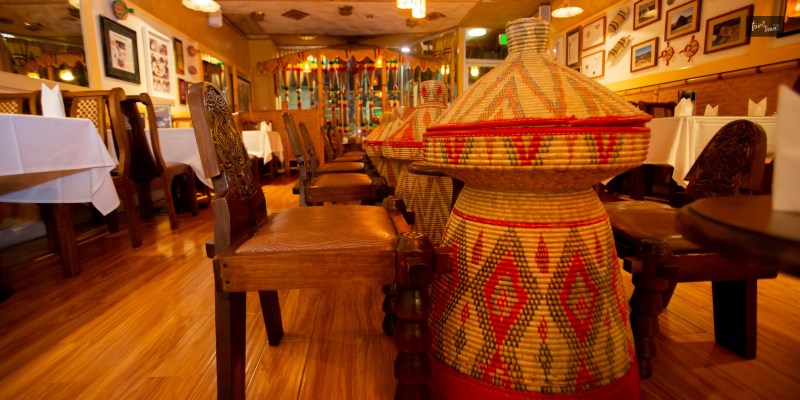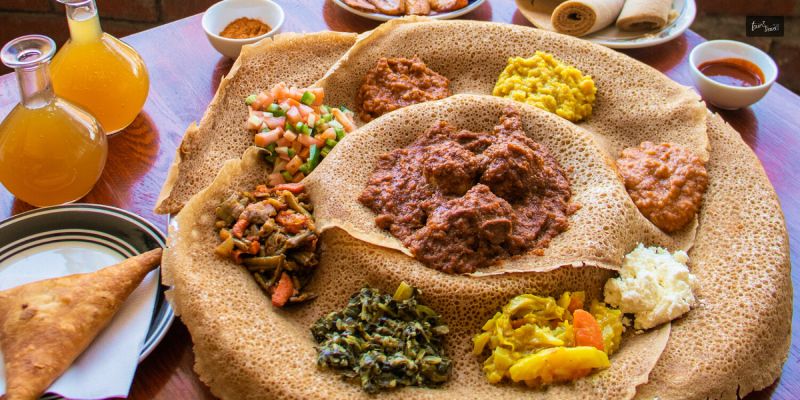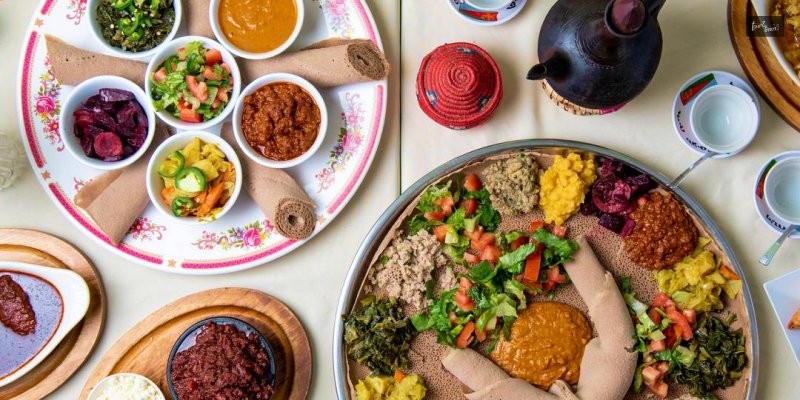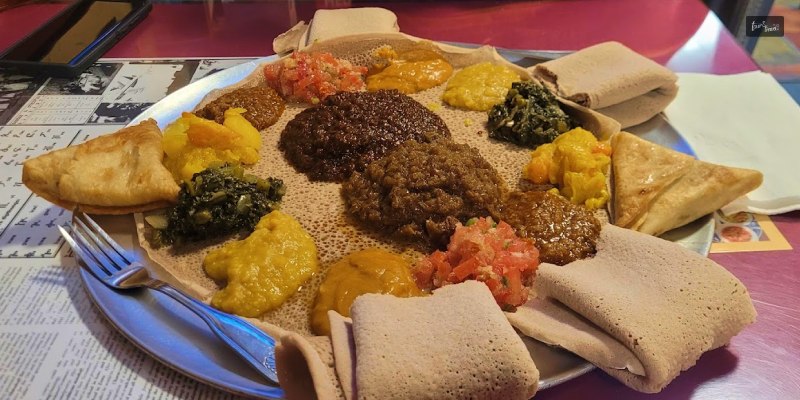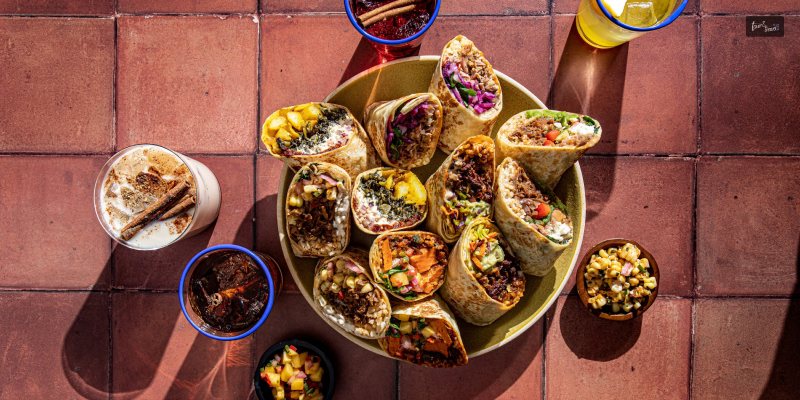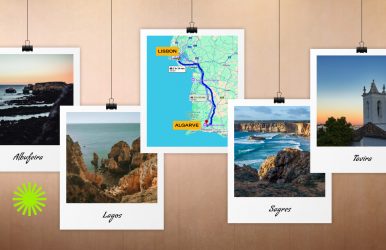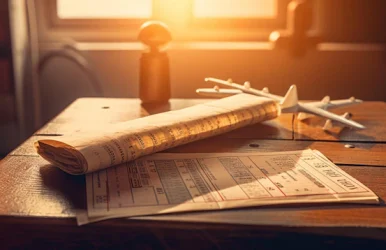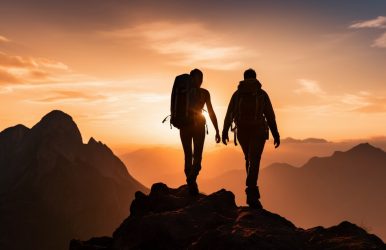Lisbon to Algarve Distance: Know The Best Ways To Travel And More
BY Sibashree May 31, 2025
The Algarve tourism industry is an important contributor to the country’s overall economy. It welcomed 5.2 million tourists in 2024, and its beautiful beaches and historical places attract a wide range of visitors from the United States, United Kingdom and Spain. Further, like the Lisbon to Porto journey, the Lisbon to Algarve journey also offers the best scenic views and the most comfortable journey. So, let’s plan a trip by road, train, flight or bus! What Is The Lisbon to Algarve Distance? The Lisbon to Algarve distance is around 252 km. Based on the mode of transport, it will take around 3-5 hours to cover this distance. What Is The Best Month To Visit Algarve From Lisbon? May to June and September to October are the best months to visit the Algarve from Lisbon. Pleasant weather conditions and fun-filled beach activities make these seasons ideal for a visit to the Algarve. However, the weather conditions differ from one area in the Algarve to another. What Is The Best Way To Travel From Lisbon To The Algarve? The best way to travel from Lisbon to the Algarve is by the Alfa-Pendular train. You can also take the Intercidades to enjoy a scenic train journey. However, the other modes of transportation include buses, cars, and taxis. Is There A High-Speed train from Lisbon to Algarve? Yes, there is a high-speed train service from Lisbon to the Algarve. The high-speed Alfa-Pendular service runs from Braga to Lisbon and then to Faro in the Algarve. The train stops at Albufeira and other major destinations on the way. How far is Algarve from Lisbon by train? 280 Kilometers How long is the train ride from Lisbon to Algarve? 3 hours to 3 hours and 30 minutes Lisbon to Algarve train cost: €22.15 to €31.40 Alfa Pendular (AP) trains run from Lisbon’s Oriente Station, and Faro is the last stop in the Algarve. Intercidades (IC) also run from Lisbon’s Oriente Station, and this station on Metro’s Red Line reaches Tunes, the first stop in the Algarve. The next stops are Albufeira, Loulé and Faro. Two AP trains run from Lisbon to Algarve. You can take the morning train or the one in the afternoon. The first-class tickets from Lisbon to Faro cost €31.40, and the regular or second-class tickets cost €23.50. The Intercidades ticket prices are €28.95 for the first class and €22.15 for the second class. Visit the cp.pt website for booking the ticket online. How Long Is The Bus Ride From Lisbon To Algarve? The Lisbon to Algarve bus ride is around 2-4 hours long, based on the destination you want to visit. Furthermore, a dozen buses run everyday from the Sete Rios bus terminal in the Algarve, and these buses are run by companies such as Eva-Mundial Turismo, Renex, and Rede Expressos. The duration of the journey from Lisbon To the Algarve by these buses depends on the location you want to visit. Places to Visit in the Algarve Duration of the Bus Journey Sagres 4 hours Tavira 4 hours Faro 3-4 hours Lagos 3 hours 30 minutes to 4 hours 30 minutes Albufeira 2 hours 30 minutes to 3 hours 30 minutes You can also take a bus from the Oriente Station, and it is run by FlixBus. These buses go to the following destinations. Faro Armação de Pêra Albufeira Portimão Lagos The bus ticket charges range between 5 to 20 Euros, and you can visit the FlixBus or rede-expressos.pt website to book the bus tickets online. Lisbon To Algarve Plane Ride The distance between Lisbon and the Algarve by air is close to 135 miles. Further, a flight from the Lisbon airport will take around 3 to 3 and half hours to reach the Faro Airport in the Algarve. The cost of a flight ticket from Lisbon to Algarve will be around €80 to €450 based on the airlines you are flying with and the season of your visit. Lisbon To Algarve Day Trip By Car If you want to enjoy the local landscape, meet the people at the local fishing villages, or indulge in the local delicacies, a day trip from Lisbon to the Algarve by car will be the ideal choice. However, the journey of 472.6 km between these two places will take around 5 hours and 50 minutes. Also, if you don’t have a car, you will have to pay for the car rental, charging, gas, etc. Do you want to know how much is a taxi from Lisbon To Algarve? Based on the location you are visiting, the charges will be between €300 and €550. Is Drive From Lisbon To Algarve Pretty? Yes, the drive from Lisbon to Algarve is very pretty. You can take a coastal route if you want to explore the dramatic cliffs, beaches, and quaint fishing villages. On the other hand, you can take the inland routes that pass through beautiful towns, plains, and mountains. If you ask me about my silent favorite and what I have discussed with frequent travelers around Portugal, they all have recommended taking the coastal routes. Alentejo Coast is the biggest highlight of a coastal journey from Lisbon to the Algarve. Porto Covo and Nova de Milfontes are some of the most beautiful towns here. Moreover, you can visit coves and wild beaches here. Peninsula Beaches and the cliff along the Western Algarve are some of the other attractions here. Lisbon to Algarve Frequently Asked Questions (FAQs) Here are some frequently asked questions and answers about the Lisbon to Algarve distance and modes of travel. Can You Do A Day Trip to Algarve from Lisbon? Yes, you can do a day trip to the Algarve from Lisbon. However, the journey by train takes around 3 hours (one way).Also, by car, it will take around 6 hours to reach the Algarve from Lisbon.Further, based on the location you want to visit in the Algarve, the travel time can be up to 8 hours.So, a day trip will be very hectic. Is 2 Days Enough In Algarve? No, 2 days are not enough to explore the beauty and appeal of the Algarve. If you want to even touch the highlights of the place, you need at least 5-7 days.Coastal attractions such as Ponta da Piedade, and Benagil Cave, and historical places like Silves and Faro are some must-visit places in the Algarve. Is Lisbon More Expensive Than the Algarve? Yes, Lisbon, the capital of Portugal, is more expensive than in the Algarve. The services and leisure expenses are at least 20% higher in Lisbon compared to the Algarve.Furthermore, the cost of living is 40% higher in Lisbon than in the Algarve. Again, the housing cost in Lisbon is at least two times higher than the Algarve. Is Food Expensive In The Algarve? No, food is not expensive in the Algarve, unless you're looking for a fine dining experience at a high-end restaurant.In fact, grocery shopping in the Algarve is cheaper compared to other Western European countries.Additionally, if you dine at a mid-range restaurant, the cost of a three-course meal for two will be approximately €50-60.The same cost will drop to around €11 if you eat at a budget restaurant. What Is The Best Way To Get From Lisbon To Algarve? The best way to travel from Lisbon to the Algarve is by train. Alfa Pendular and other train services offer a scenic and comfortable train journey between these two places. The distance between these two places by train is around 302 km. Direct trains, such as the Alfa Pendular, cover the journey in 3 hours.On the other hand, Intercidade trains take close to 3.5 hours to travel from Lisbon to Algarve. What Is The Fastest Way To Get From Lisbon To El Algarve? The fastest way to get from Lisbon to El Algarve is to take a flight to the Faro Airport.And then, you can take a train from the Faro Railway Station to explore the Algarve. In this context, you must know that Faro is the capital of El Algarve. What Is The Cheapest Way To Get From Lisbon to El Algarve? The cheapest way to get from Lisbon to the Algarve is to take a bus. Companies such as Rede Expressos and FlixBus offer bus services between these two places.Furthermore, the cost of traveling from Lisbon to the Algarve is around 5 to 20 Euros. Is Algarve Worth Going To? A charming Mediterranean climate, historical attractions and beautiful beaches make Algarve an important place to visit in Portugal. Further, here, you can indulge in the best Portuguese cuisine and wine. Also Read: How To Plan a Summer Trip To Zion: What’s New in 2025 Cabo Vs Cancun: Which One Is Better For The Ultimate Mexican Getaway? Tokyo To Hokkaido Distance: Know About Various Modes Of Transportation

